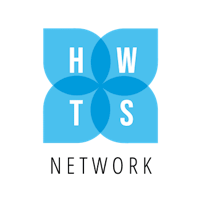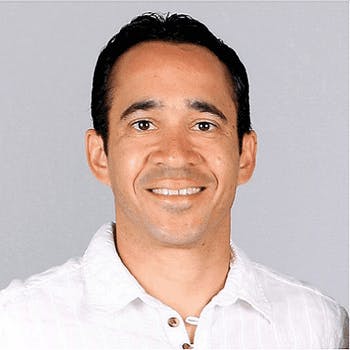UNICEF has recently published an interesting policy brief on self-supply drinking water sources. Self-supply is a service delivery model usually relying on groundwater or rainwater. Since it is available on the premises, self-supply has the potential to provide a safely managed water service (Genter et al., 2021)
However, some of these systems are unimproved sources in the form of unprotected wells. In this case, the transitioning from unprotected wells to safely managed self-supply systems followed by safe transportation, appropriate and effective household water treatment technologies and safe handling and storage is a feasible and realistic alternative to reach the target of the SDG 6.1.
And you, what do you think: should we promote or deter self-supply systems? Should piped-water solutions always be pursued?
To read more about this topic:
- Faecal contamination of groundwater self-supply in low- and middle income countries: Systematic review and meta-analysis
- Urban Self‐Supply from Groundwater—An Analysis of Management Aspects and Policy Needs


